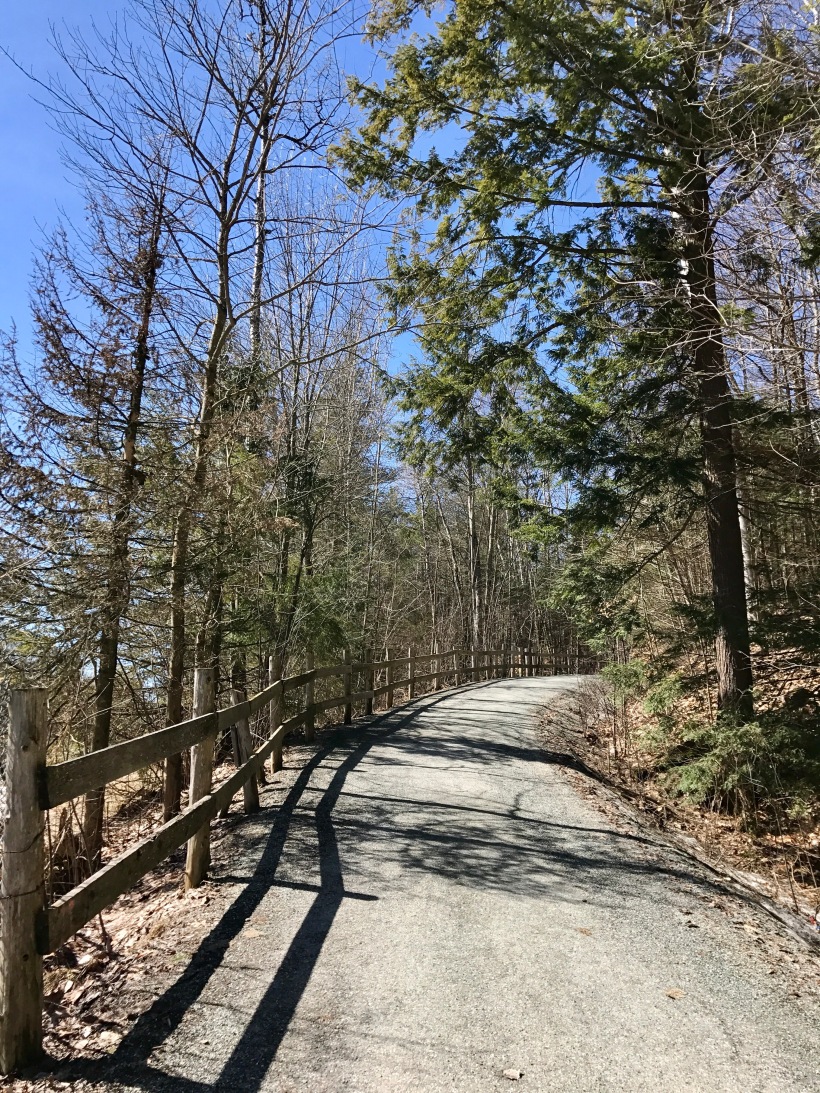
You eat a healthy diet. You pay attention to what ingredients are in packaged products. But do you know where some of this ingredients come from? Even those that, on the surface, don’t look too harmful?
Maybe an ingredient isn’t too bad for your personal health, but to the health of the planet and every living organism, it could be very detrimental. And that’s where the debate over palm oil comes in.
First off, what is palm oil? As the name implies, it’s a type of edible vegetable oil derived from the palm fruit, grown on the African oil palm tree. Oil palms are originally from Western Africa but can flourish wherever heat and rainfall are abundant. Today, palm oil is grown throughout Africa, Asia, North America, and South America, with 85% of all palm oil globally produced and exported from Indonesia and Malaysia.
This gives an overview of where we can find and harvest palm oil, but that doesn’t give the full picture. Not only is palm oil bad for the areas where it’s produced, it’s also one of the leading causes of global warming. The fastest and the worst deforestation rate in the history of humankind is taking place in the tropical forests of Indonesia, where, as mentioned earlier, is the main exporter of palm oil. The clearing and burning of forests for more and more palm oil facilities releases massive amounts of greenhouse gases.
The environment is further affected by the waste produced in this industry. A palm oil mill generates 2.5 metric tons of effluent for every metric ton of palm oil it produces. Direct release of this effluent can cause freshwater pollution, which affects downstream biodiversity and people. Also, burning is a common method for clearing vegetation in natural forests as well as within oil palm plantations. The burning of forests releases smoke and carbon dioxide into the atmosphere, polluting the air and contributing to climate change. Fires in peat areas are particularly difficult to put out. The smoke and haze from these blazes have health consequences throughout Southeast Asia.
Not to mention that as much as 80 percent of the land-clearing in Indonesia is also illegal. As a result, shady production facilities are rife with human-rights abuses. Likewise, the diminished habitat hurts orangutans and Sumatran white tigers, both of which are facing extinction. Oil palm production also leads to an increase in human-wildlife conflict as populations of large animals are squeezed into increasingly isolated fragments of natural habitat.
So besides all of this information about the environment, it doesn’t look like anything too crazy. Heck, it’s plant-based! A vegetable oil! So it must be okay, right? Palm oil has become more prominent in packaged foods because it allows companies to market their products as “0 grams trans fat.” Those are the fat molecules that raise your cholesterol. However, in one study, people who were put on a diet rich in palm oil for about five weeks saw their LDL cholesterol rise. This is very similar to what happens on a diet high in partially hydrogenated oils, the ones that actually contain trans fats. There’s basically no benefit of having one type of oil over another. Either way, it spells trouble for your arteries.
We can put some blame on Indonesia and other countries in Asia and South America for contributing to the problem, but Americans are the ones creating the initial demand and business. First off, palm oil offers a far greater yield at a lower cost of production than other vegetable oils, so it makes the demand more sensible through a capitalistic mindset. U.S. imports of palm oil more than doubled between 2005 and 2012. Last year the country imported about 2.7 billion pounds. This is about 380 million gallons, which is is enough to fill more than 500 Olympic swimming pools and is more oil than BP spilled in the Gulf during the Deepwater Horizon disaster.
That was an (oil) spill of information there. (I had to.) What can we do to prevent further damage and stop supporting the palm oil industry? The thing is, the extent of palm oil usage in daily life is astounding. You can find palm oil in everything from foods, to soaps, to cosmetics, and much more. Just from reading ingredient labels, you might not be able to catch every trace of palm oil. When in doubt, do your research. Become a conscious consumer who chooses products not just based on fancy claims or packaging, but by the values the brand and company stands behind. There are many online resources where you can learn what brands don’t use palm oil. And perhaps even more powerful, speak out and teach others about this issue. As much as we discuss climate change and becoming more sustainable, there are still topics we overlook, or we choose to overlook them because there’s so ingrained in a conventional lifestyle. But to truly make a lasting impact supporting the world as we know it, we have to stop digging underground, stop chopping down landscape, and start preserving and protecting the valuable life surrounding us.
How much have you heard about the effects of palm oil? Did I leave anything out in my research? I’m here to continue learning more and hopefully encouraging others to do the same.
Take care, and keep the faith. -Allie














